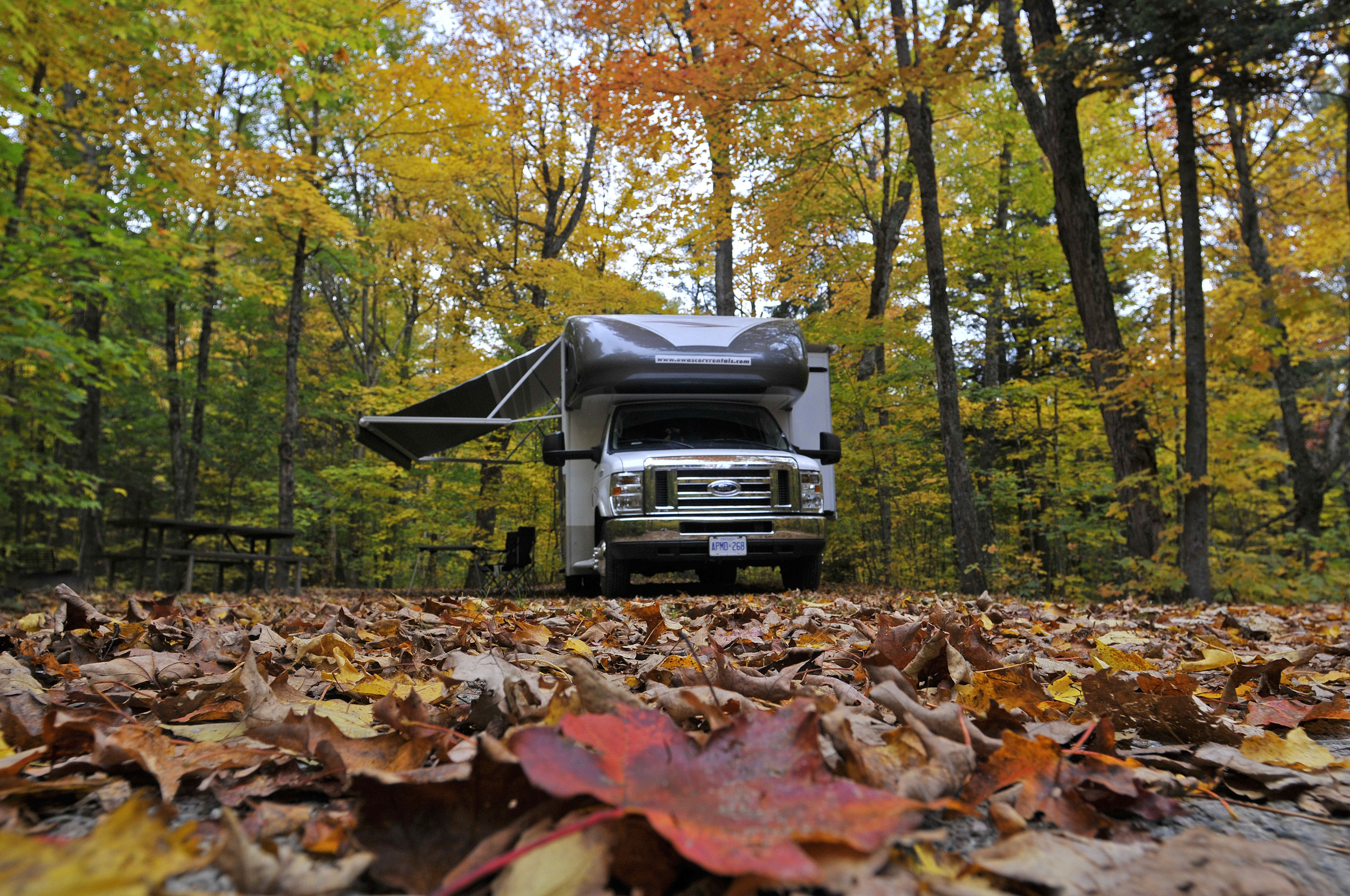Previously, we featured an article on this website about money-saving tips for when you’re living or traveling in an RV. These tips focus on the day to day things you can keep in mind that will have an impact on your monthly expenses and overall budget.
In this article, we’ll speak specifically about savings related to RV storage. This is a considerable line item for many RV owners as the motorhome, travel trailer, or camping van isn’t used year-round. Spend your money wisely as well as confidentially in knowing that your RV will be stored in a safe place.
Home Storage
First, the ultimate question: where? If you have a large garage or a pole barn, this can be an easy decision. Just park it inside! Alternatively, if you have a neighbor with a large indoor space they’re willing to “rent” to you for a trade or small fee, that’s an ideal option as well. The key here is an enclosed structure as it protects your RV from the wear and tear of the elements; in cold weather climates, a garage or barn could be more consistently heated, albeit for a cost if heat is added (whether built in or via a space heater). Another option is erecting a carport or canopy to house your RV under, which at least protects the roof and helps avoid water damage or cracks from heavy snow and ice. Parking in your driveway or side yard, as another option, may require a permit from your county or city. It’s essential to check on local municipality legislation and note restrictions – and adhere to them so that you don’t incur a fine.
Outside Storage Facility
If you don’t have the space at home, in your driveway, or a generous neighbor willing to let you use their extra garage (or you simply don’t have an indoor space that will fit the size of your RV), you may need to look into an outside storage facility. Start by calling all facilities within a reasonable distance from your home. If you can, try to locate a facility that has easy access to a highway or interstate. Storage facilities in larger towns and cities can have higher rates than rural areas.
Look for perks such as video surveillance, a security gate, and covered versus uncovered parking options. Ask about whether there are any restrictions for accessing your RV. Of course, covered and uncovered parking will have different rates. You may pay by the foot of the length of your RV. Check multiple facilities and keep a comparison list handy as you do your interviews. Ask if they offer a discounted rate if you do automatic bill-pay.
Maintenance Tips
It’s essential to maintain your RV even while in storage. Check on your RV at least monthly for any signs of water inside and out, small cracks, and that wiring isn’t getting chewed by rodents. As you put your RV into storage, make sure all doors are secured and locked, all windows are completely closed, and your shades are down (to prevent sun damage). Make sure exterior vent covers fit snug and are approved for your unit; maintain the ability to ventilate.
Check that your tires are properly inflated, and purchase quality wheel covers to protect them from getting damaged by nature. Confirm your leveling jacks are functioning properly and fully extended. This will keep your rig stable while also taking some of the pressure off of your tires. Taking care of all of this can help you save money from making replacements or fixes when the RV comes out of storage.
Security
And of course, keep security in mind. A kingpin, hitch lock, or cable stable lock is a worthwhile purchase to ensure your RV stays protected and secure. Additional protection comes in the form of insurance. Outdoor storage facilities may have some sort of policy related to liability, but your neighbor won’t. It’s a good idea to maintain your insurance policy even when your RV isn’t in use. Check with your insurance company to learn the exact coverage you need for an RV.

